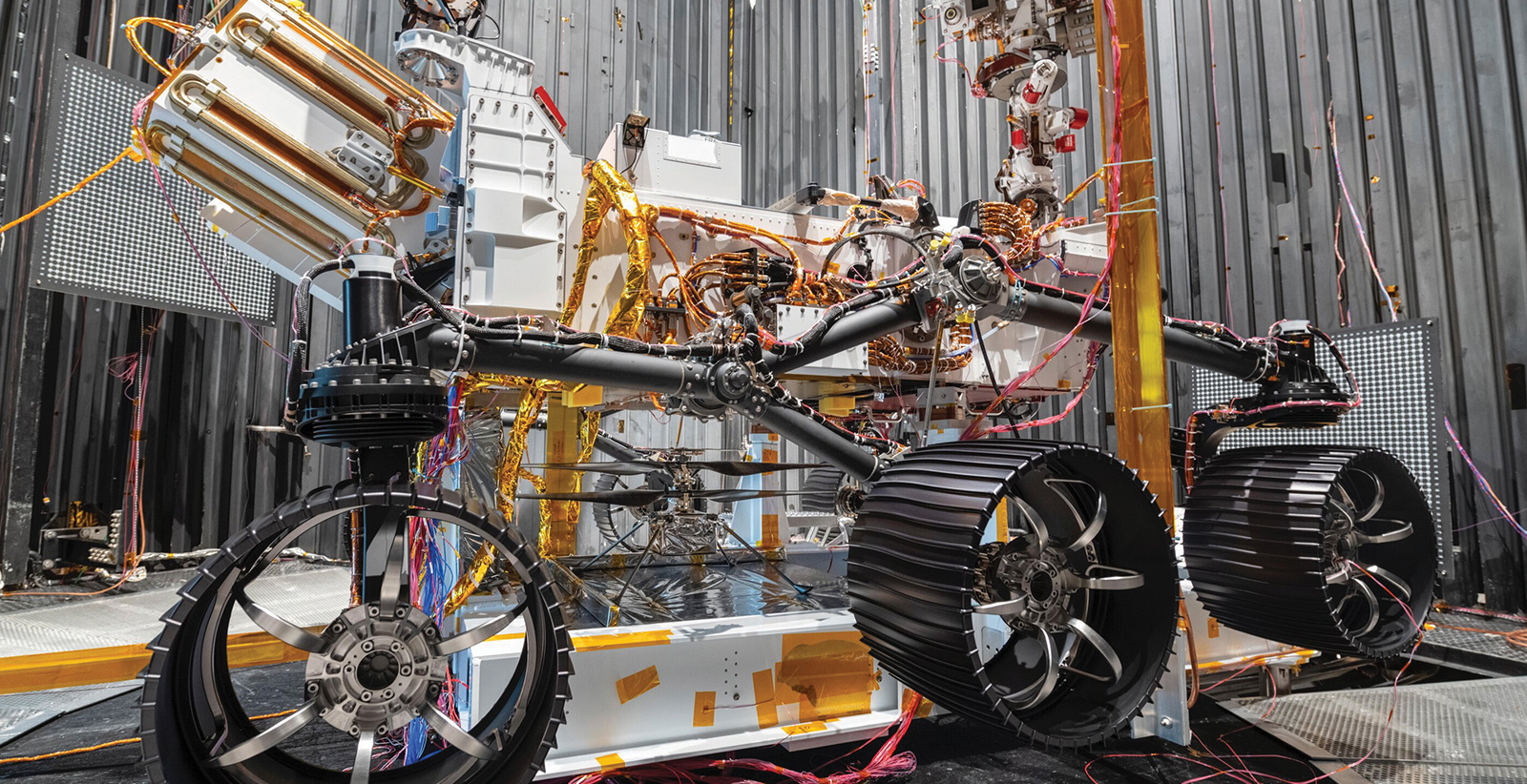Stay Up to Date
Submit your email address to receive the latest industry and Aerospace America news.
The Systems Engineering Technical Committee supports efforts to define, develop and disseminate modern systems engineering practices.
The past year we witnessed important developments for systems integration, the backbone of systems engineering, in renowned, large-scale missions.
In May, SpaceX’s Crew Dragon Endeavour capsule was launched on the Demo-2 mission with two NASA astronauts to the International Space Station, clearing the way for November’s Crew-1 launch. The May Falcon 9 launch, the landing of the first-stage, the docking and the return of the capsule and its two astronauts all manifested years of systems engineering design and integration as well as verification and validation tests. SpaceX built nearly all the components and subsystems, including the rocket, the capsule and the crew spacesuits. This style of all-in-one systems integration amplifies the inherent complexity management for interfaces and interactions necessary to reach an acceptable whole system reliability. Systems integration aims for design errors to be discovered and remedied early during building and accompanying tests, which significantly reduces the overall cost of a mission.
The July launch of NASA’s Mars Perseverance rover exemplified the benefits of vertical integration of a complex system that is increasingly designed and built by geographically distributed teams. This type of systems integration requires careful definition of functions, interfaces and interactions. Ann Devereaux, the lead spacecraft systems engineer for Mars Perseverance at NASA’s Jet Propulsion Lab in California, said, “There is no way any one human being could grasp the totality.” Disciplined systems integration on “data architecture and transfer” ensured that the large engineering team managed system complexity. For example, the 1,025-kilogram rover is enclosed in a Lockheed Martin-built aeroshell capsule that protects the rover during the launch, deep-space cruise and atmospheric descent toward the Martian surface. Previous systems integration experience with rovers provided increased confidence for what Lockheed Martin said is the largest aeroshell ever built for a robotic mission.
“The aeroshell systems engineering team had a big job keeping track of all of the ‘big picture’ items needing attention throughout the design/test period and kept the entire program on track for an on-time launch,” said Angela Adams, systems engineer at Lockheed Martin. Another example is the design and integration of the Mars helicopter, named Ingenuity, with the Perseverance rover. “JPL had only a couple of months to integrate Ingenuity. At the very least, we want it to ‘do no harm,’” Devereaux said. JPL built the helicopter and managed requirements and interfaces data so that Lockheed Martin could design, assemble and test the Mars Helicopter Delivery System. Adams added, “Systems engineering was important to think through the overall MHDS design and test philosophy and ensured appropriate tests were performed to thoroughly evaluate the MHDS.”
In April, U.S. Space Force Chief of Space Operations Gen. John W. “Jay” Raymond said that the newest branch of the U.S. military would be the first digital service. “You will build the Space Force as the first digital service and lay the foundation of a service that is innovative and can go fast,” he said. The United States established the Space Force in December 2019. Its focus on being a digital service modernizes and streamlines how to process data, how to expose data and how to allow access to and manipulate the data. Such digital data management integrates the overall Space Force system, disrupting and revitalizing the traditional methods of buying satellites and other space systems and connecting the current disjointed space procurement system. Systems integration enabled by digital data will play an important role for the Space Force’s success.
Stay Up to Date
Submit your email address to receive the latest industry and Aerospace America news.




